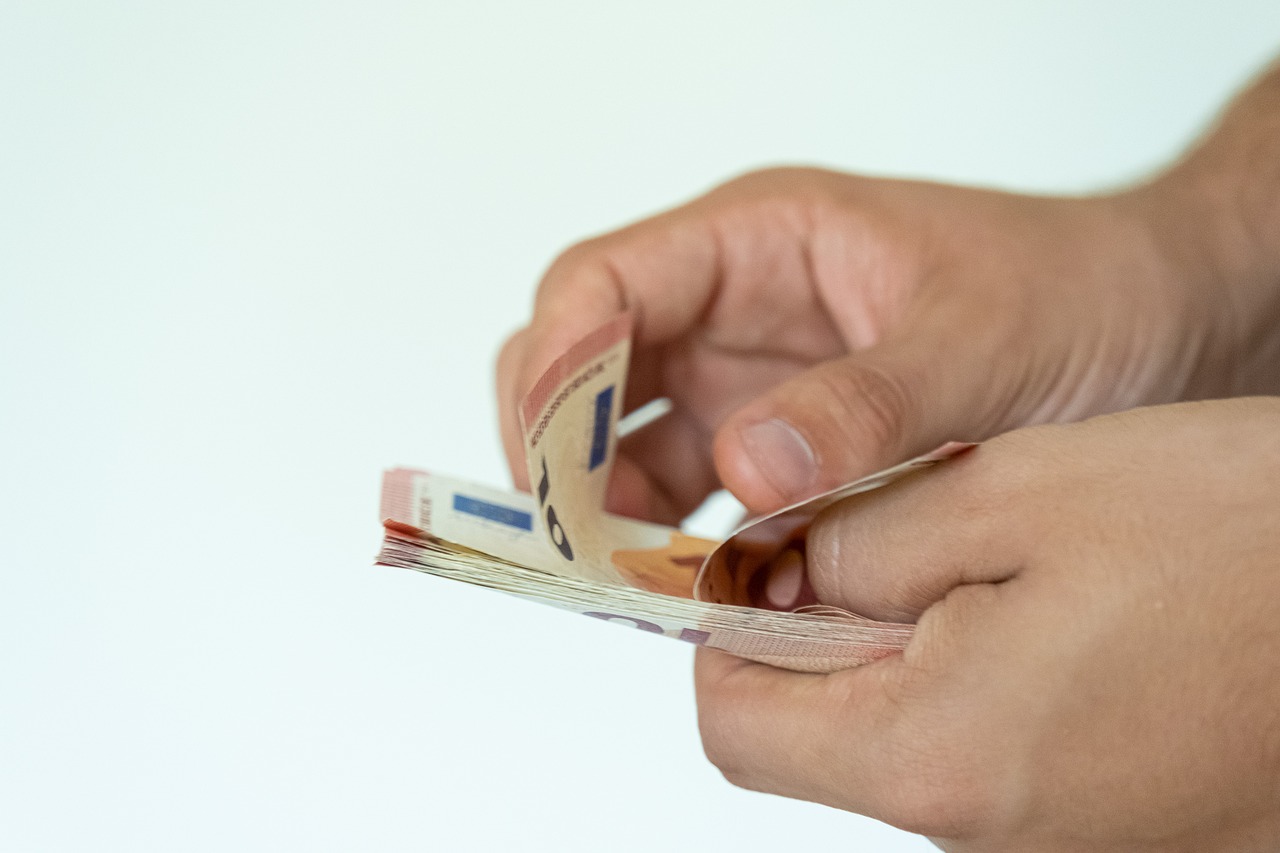USD to CNY Exchange Rates, Conversion Fees, and Chinas Role in Forex
GPT_Global - 2025-10-31 03:30:11.0 6
What currency is used in mainland China, the US dollar or Chinese yuan?
When considering remittance services, it’s important to understand the currency used in the destination country. In mainland China, the official currency is the Chinese Yuan (CNY), not the US Dollar (USD). This distinction is essential for anyone sending money to family or business partners in China, as the correct currency ensures a smooth and efficient transaction.
The Chinese Yuan is often referred to as the Renminbi (RMB) and is denoted by the symbol "¥." Remittance businesses typically offer the option to send money in CNY, which is then converted into yuan upon arrival. While the US Dollar is widely accepted in some regions, especially in larger cities, remittance payments made in USD may face higher conversion fees or delays.
For those transferring money to China, it’s critical to use remittance services that handle CNY directly. By doing so, senders can avoid unnecessary complications, such as fluctuating exchange rates and additional conversion charges. This ensures that recipients receive the correct amount, without the hassle of further currency exchanges.
In summary, while the US Dollar is a global currency, the Chinese Yuan is the standard for mainland China, making it essential to send funds in CNY when remitting money to China.

What role does China play in the global foreign exchange market, especially concerning the US dollar?
China plays a pivotal role in the global foreign exchange market, especially concerning the US dollar. As the world's second-largest economy, China’s currency policies and foreign exchange reserves have a significant impact on international trade and investments. The Chinese yuan (CNY) is often closely tied to the US dollar, with the country's central bank managing its exchange rate to stabilize the economy.
For remittance businesses, China's role in the forex market is crucial. With its large foreign exchange reserves, China’s decisions on currency valuation can directly affect exchange rates for businesses dealing with international money transfers. As the US dollar remains a dominant currency in global trade, fluctuations in China’s foreign exchange policies can impact remittance costs, especially when sending money between China and other countries.
Moreover, China’s move towards internationalizing the yuan could shift the balance in global remittance markets, reducing dependency on the US dollar. Remittance companies need to stay informed on China's policies to optimize exchange rate strategies and minimize costs for customers. Understanding the dynamics of China in the forex market can improve service efficiency for cross-border payments, ensuring businesses stay competitive and cost-effective in the global remittance sector.
How can I monitor the daily exchange rates for USD to CNY?
Monitoring the daily exchange rates for USD to CNY is essential for anyone involved in international remittances. Exchange rates fluctuate constantly due to global market movements, and staying updated can help you choose the best time to send money and maximize your transfer value. Understanding these changes ensures that you get the most favorable conversion rate for your USD to CNY transactions.
To track the latest USD to CNY rates, you can use trusted financial websites, currency converter apps, or real-time exchange rate tools offered by banks and remittance service providers. Many platforms also offer rate alerts, so you’ll receive notifications when the rate hits your desired level. This makes it easier to plan your remittances efficiently.
For businesses and individuals sending money to China, partnering with a reliable remittance service that offers competitive exchange rates and transparent fees is crucial. Regularly monitoring daily rates helps you make informed decisions and reduce unnecessary costs. By staying proactive, you can ensure every transfer delivers maximum value in your cross-border transactions.
Can I use a credit card in China and be charged in US dollars instead of yuan?
When traveling to China, many people wonder if they can use their credit card and be charged in US dollars instead of Chinese yuan. The short answer is that while it's possible, it's not always the default option. Most credit card transactions in China are processed in yuan, as it's the local currency. However, some international credit cards offer dynamic currency conversion (DCC), which allows you to be charged in your home currency, like US dollars.
It's important to note that while DCC may seem convenient, it often comes with higher exchange rates and additional fees. If you're using a credit card abroad, it's advisable to pay in the local currency (yuan) to avoid these extra costs. Furthermore, not all merchants or ATMs in China may offer DCC, so you might need to ask in advance or choose to pay in yuan.
For those who need to send or receive money from China, using remittance services is another convenient option. Remittance services can help you transfer funds efficiently, allowing you to bypass currency conversion issues and avoid high fees from credit cards. It's an excellent choice for ensuring that your funds reach their destination without unnecessary costs.
Are there any fees involved when converting US dollars to Chinese yuan?
When transferring money across borders, many people wonder if there are any fees involved when converting US dollars (USD) to Chinese yuan (CNY). The short answer is yes, there can be fees, but they vary depending on the method and service you use. Most remittance services charge a conversion fee or exchange rate margin, which is the difference between the mid-market rate and the rate offered to customers.
Some remittance businesses provide competitive exchange rates, while others may add a markup for profit. It's essential to compare different options and check for hidden fees that might affect the overall cost of the transaction. Traditional banks may also charge higher fees for currency exchange, so it’s often more affordable to use specialized remittance services.
Additionally, some services may charge a flat fee for transferring money internationally, while others charge based on the amount being sent. To avoid surprise costs, it’s advisable to carefully review the terms and conditions before making the transaction.
In conclusion, while fees do exist when converting USD to CNY, understanding the service's pricing structure can help you save money on international transfers.
What is the best method for exchanging US dollars to yuan when traveling to China?
When traveling to China, one of the most important considerations is exchanging your US dollars to Chinese yuan (CNY). With various options available, choosing the best method can save you time and money.
The most cost-effective way to exchange US dollars for yuan is often through a local bank or currency exchange service in China. These institutions typically offer competitive exchange rates and minimal fees. Many major cities in China have branches of international banks, such as HSBC or Citibank, where you can exchange foreign currency.
If you're looking for convenience, using a reputable online remittance service or a mobile app like Wise (formerly TransferWise) can also provide favorable exchange rates. These platforms allow you to send money directly to a Chinese bank account, cutting out the need to carry cash or visit exchange counters.
However, if you prefer to have physical cash on hand before arriving in China, consider exchanging US dollars at a local exchange office or airport kiosk. While it might offer less favorable rates, it's a quick and easy option for immediate needs.
In summary, the best method depends on your preferences for convenience, exchange rates, and fees. Opt for a mix of online services and local exchanges to maximize value during your trip to China.
How can I predict future trends in the USD to CNY exchange rate?
In the fast-paced world of international finance, predicting trends in currency exchange rates is crucial for businesses engaged in remittance services. For those dealing with the USD to CNY exchange rate, understanding future trends can provide valuable insights for cost-effective transactions and risk management.
One of the most effective ways to forecast exchange rate movements is by analyzing economic indicators. Key factors such as interest rates, GDP growth, and inflation rates can influence the strength of the U.S. dollar and the Chinese yuan. Monitoring these economic metrics helps predict how the currencies will interact in the global market.
Another important tool is technical analysis, which involves studying historical price patterns and market behavior. By examining charts and trends, remittance businesses can identify potential shifts in the USD/CNY rate. Combining this with sentiment analysis—gauging investor sentiment through news, global events, and trade agreements—can also provide a comprehensive outlook.
Lastly, understanding geopolitical dynamics and policies in both the U.S. and China is essential. Political decisions, trade negotiations, or changes in monetary policy can heavily impact exchange rates. Keeping an eye on these developments will ensure your remittance business stays ahead of the curve.
About Panda Remit
Panda Remit is committed to providing global users with more convenient, safe, reliable, and affordable online cross-border remittance services。
International remittance services from more than 30 countries/regions around the world are now available: including Japan, Hong Kong, Europe, the United States, Australia, and other markets, and are recognized and trusted by millions of users around the world.
Visit Panda Remit Official Website or Download PandaRemit App, to learn more about remittance info.



